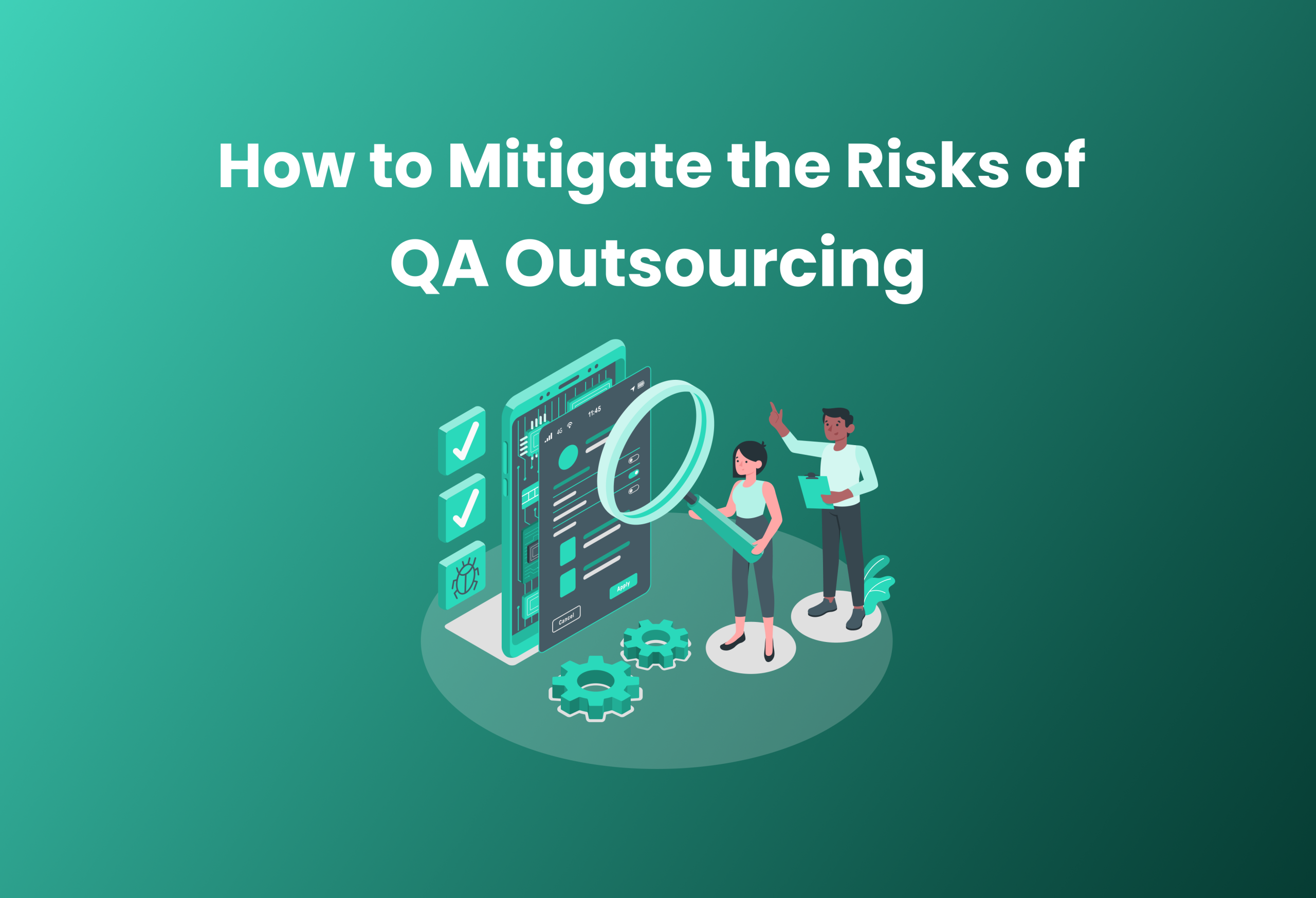As you know, quality assurance (QA) is essential to confirm if a product or service satisfies the requirements and expectations of customers and stakeholders. It comes with many benefits. However, QA is not entirely risk-proof. It comes with defects, delays, errors, or requirement changes, which might jeopardize the quality and dependability of the service. As a result, quality assurance specialists must discover, analyze, and manage these risks before they cause major damage or loss. But how can you pick the best quality assurance risk reduction strategies? In this post, we’ll discuss how to mitigate the risk of QA outsourcing.
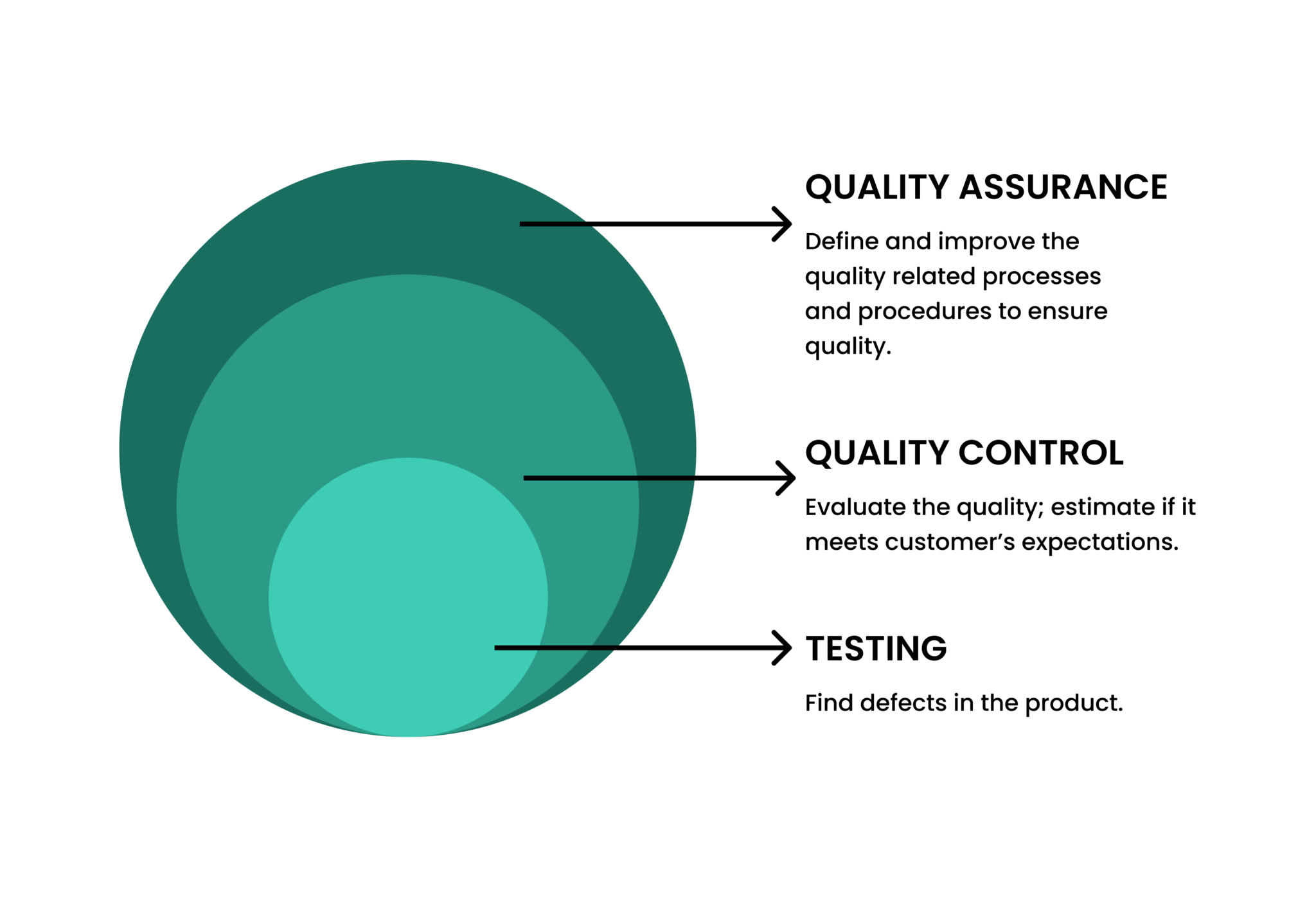
The rising demand for quality assurance
The global IT outsourcing market keeps growing rapidly. In fact, the global IT outsourcing market is predicted to grow to $720.2 billion by 2028. It’s important to note that QA outsourcing has a huge role here.
Throughout the years, QA outsourcing has been in demand and continues to be in demand. It’s not a surprise since QA outsourcing comes with many advantages for companies. Let’s discuss the benefits of this approach:
- It allows companies to optimize QA expenses.
- It helps to tackle the lack of in-house QA experts.
- It fills the gaps in skills and technology.
- It can accommodate a tight project timeline.
What are the risks of QA outsourcing?
As we discussed, there are many important advantages to QA outsourcing. However, there are several risks that come with the approach that need to be noted. So let’s discuss the potential risks of outsourcing software testing.
1. Requires extra expenses
Poor software quality can lead to extra expenses. Reportedly, the cost of low software quality in the United States is at least $2.41 trillion, according to the 2022 CISQ report. Professional testing services, on the other hand, can be costly. This is why, when selecting a QA vendor, numerous cost-related aspects must be considered, including the timeline of the project, location, scale, and complexity.
Other than that, it’s important to consider the experience of the QA engineers. You should also consider elements that generally drive the increased expenses of testing services, such as after-hours services, troubleshooting, and staff training.
2. Potential issues related to safety and security
Using a third-party company for QA can pose security issues. When you hire outsourced experts, you are allowing a team of external specialists to work on internal initiatives. You may also grant your outsourcing provider access to systems containing vital business data. This includes confidential information about workers, vendors, management boards, and even customers.
Without stringent security measures in place, this sensitive information may be compromised as a result of data breaches, insider threats, or other similar unfortunate incidents.
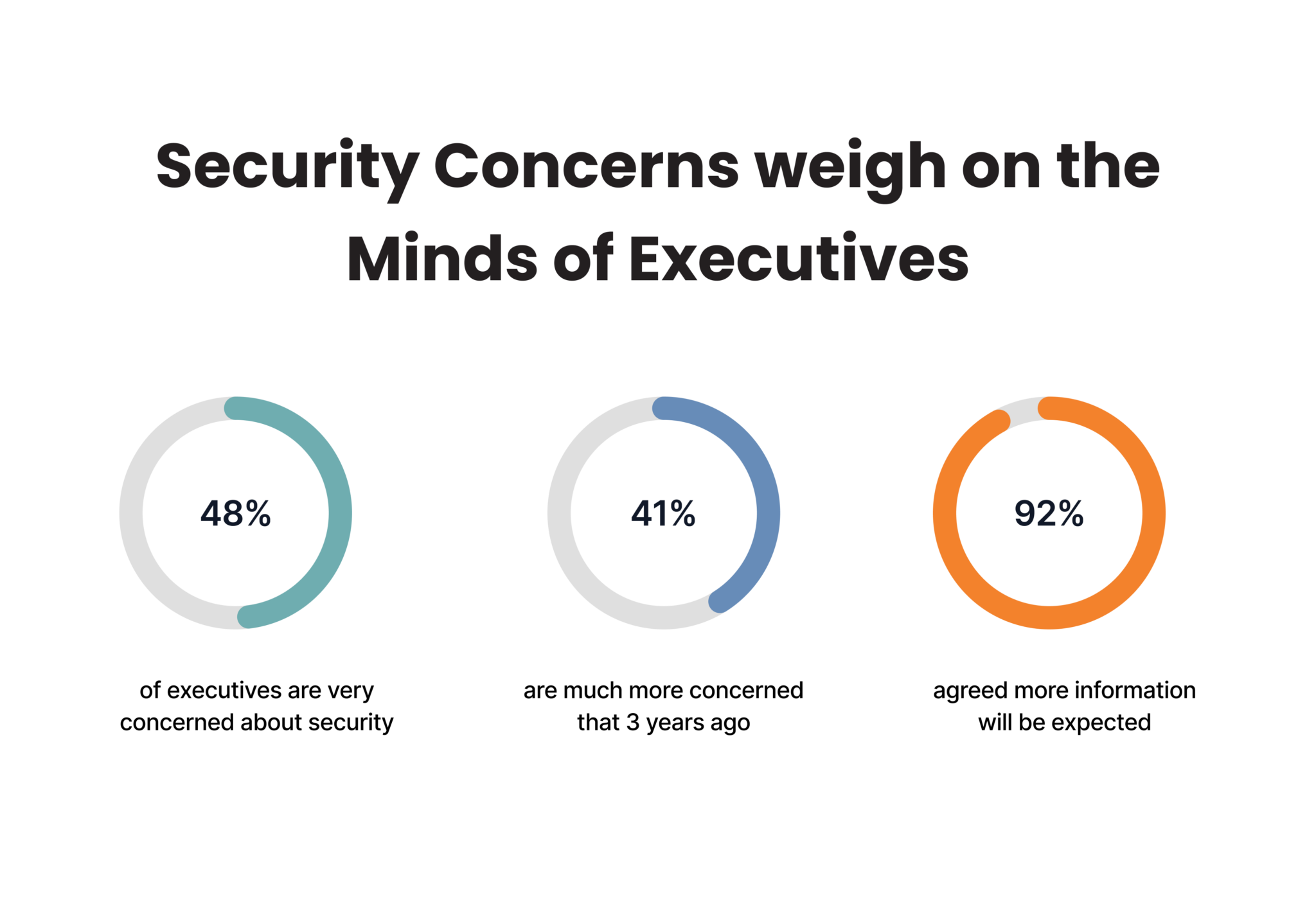
3. You may not be in control
Entrusting quality management to a third-party QA testing firm can result in a variety of project concerns. When you outsource QA and testing to a third-party firm, you give that company management and authority over those business areas. If you do not explicitly describe your goals, expectations, and engagement before signing the contract, decision-making on QA and testing responsibilities goes to an outsourcing vendor.
4. Risks of communication issues
Suppose your QA vendor’s testing team is located in a different country. If this is the case, it can cause communication issues or a lack of interaction due to language barriers. This could lead to misunderstandings between the team members and negatively affect the quality of the work.
How do you mitigate the risks of QA outsourcing?
Although there are several risks related to QA outsourcing, with a proper strategy, you will be able to tackle the risks.
Here are the steps we recommend that you take to reduce potential risks:
1. Prioritize quality over low cost
Prioritizing low-cost software testing services does not pay off. Instead, it may expose you to security or quality issues, or both. When selecting a QA vendor, it is usually preferable to prioritize quality over cost. You need to follow these steps when selecting a good vendor:
- Make a list of QA vendors with suitable experience.
- Carefully examine their individual portfolios.
- Discuss similar projects with the provider and describe their approach to quality and established QA methods.
- Examine the security practices of applicants and compare them to your own security procedures and priorities.
- Obtain regular client feedback to discover QA concerns.
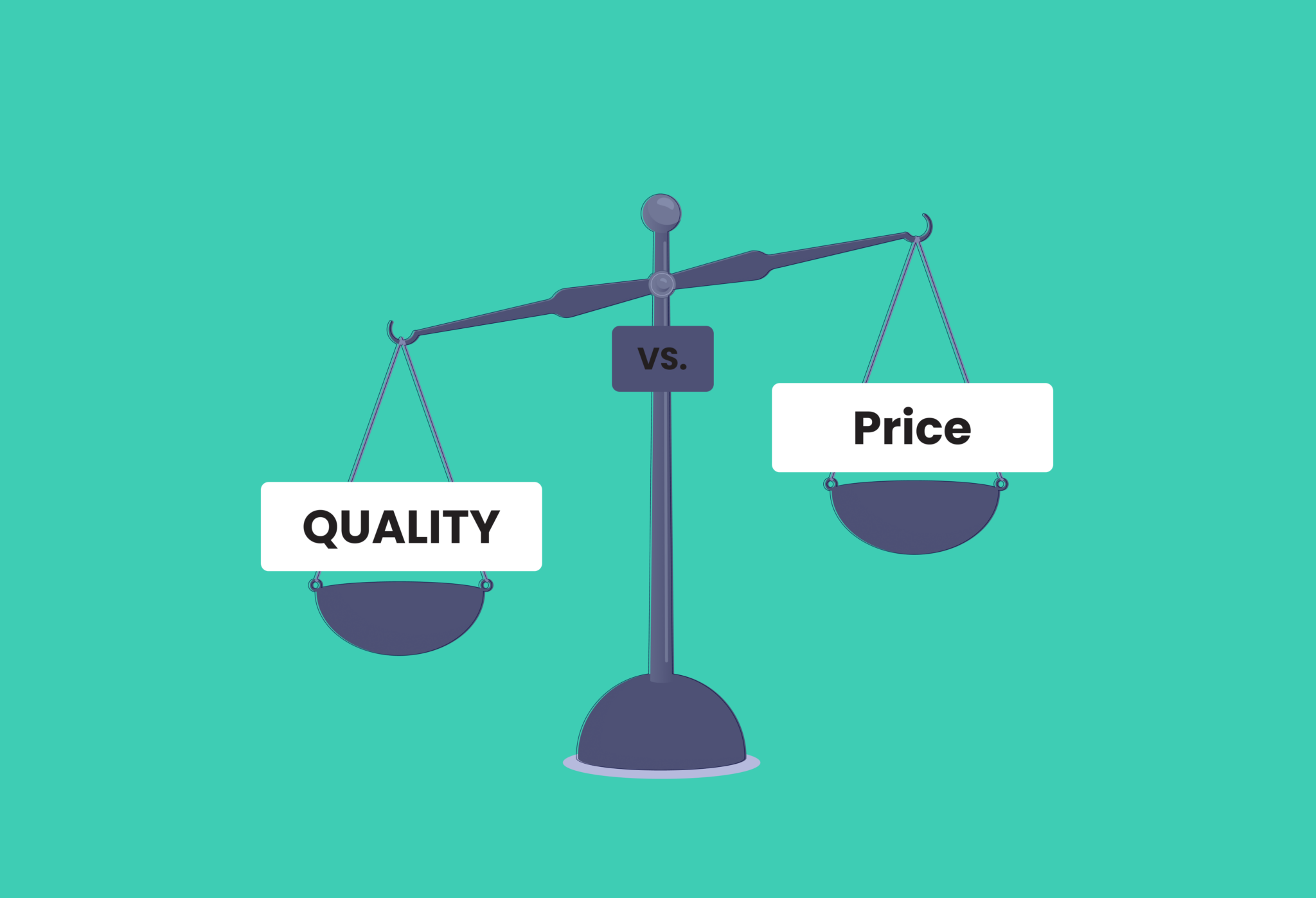
2. Implement tactics for better communication
To make up for the loss of visibility and control when working with a QA vendor, you must maintain cooperation and clear communication between your firm and your outsourced QA team, ensuring that your internal product owners can effectively communicate an optimal vision of the end product to the outsourced team.
Discuss in advance all facets of your collaboration, including the technology stack used, techniques, and all the risk mitigation plans. You can also schedule frequent team meetings to stay in touch with them and build working relationships.
Communication with overseas teams
Remember that outsourcing vendors are sometimes located in a different country and time zone. Set up regular video meetings with offshore team members to stay on track with a project’s timeline. This aids in monitoring their progress, identifying roadblocks, and providing effective answers. (Make sure to set up a secure data transfer communication route with encrypted connections.)
Another significant thing to consider when selecting an outsourced firm is language compatibility. To reduce hazards and stress, you should first conduct research to identify a company with a good degree of language skills.
You should also experiment with project management software to ensure that you always have an overview of tasks and their prioritization, responsibilities, resources, deadlines, and so on. Set up regular reporting or status-update activities to track project progress, be aware of emerging difficulties, and stay current on future plans.
3. Set up comprehensive security measures
There are a few preventative measures you can take to ensure maximum security and safety when working with a QA vendor:
Have the vendor sign an NDA (nondisclosure agreement)
Set up an NDA that forbids disclosing the confidential data the two parties share to any third party. This ensures the security of your company’s confidential information.
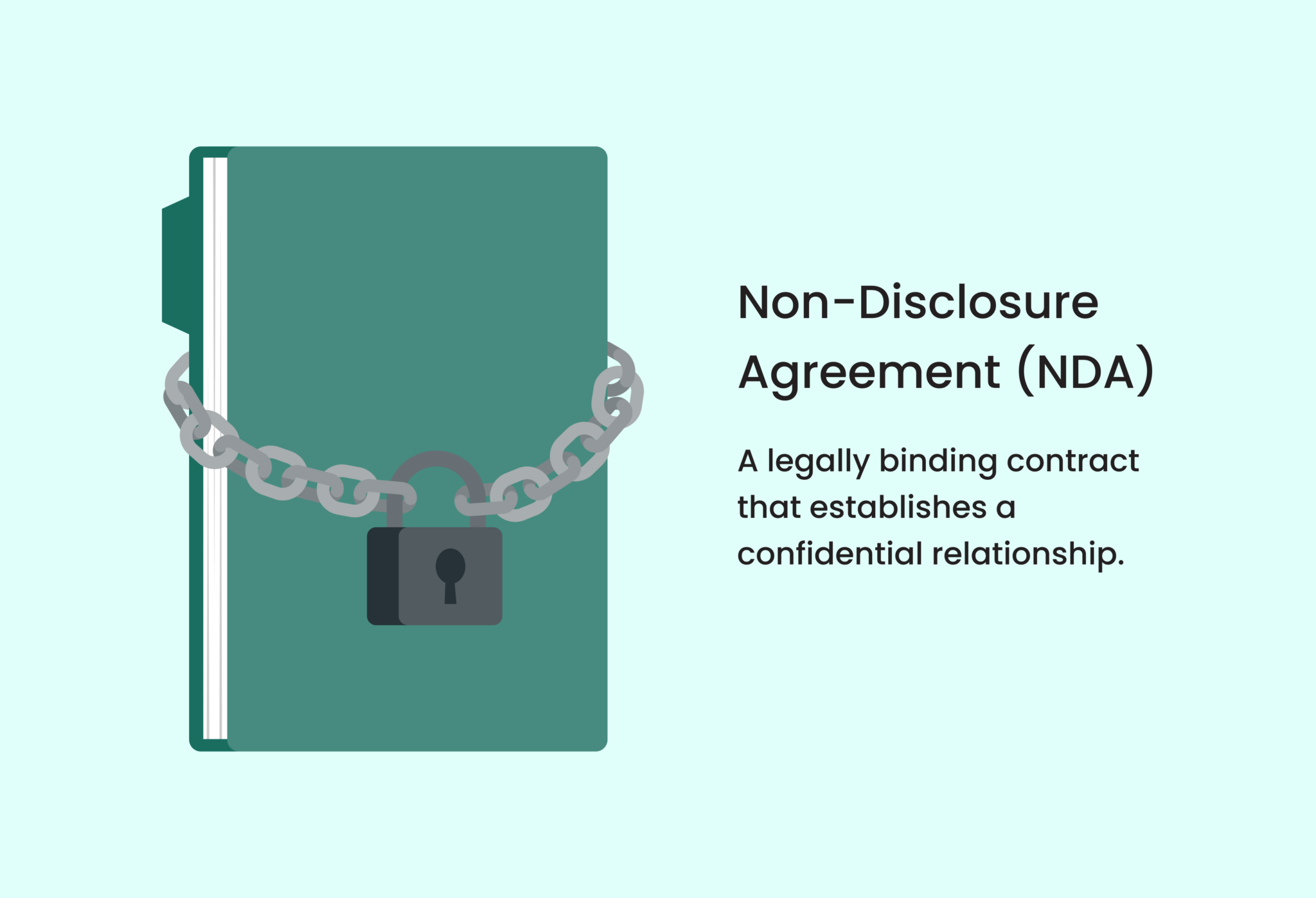
Perform cybersecurity testing regularly
Test your outsourcing environment with your cybersecurity teams and vendors. Vulnerability scanning, for example, aids in the detection of security flaws in the network that hackers can exploit; in the meantime, penetration testers and ethical hackers simulate assaults on the system.
Following the test, QA specialists can discover and seal any security flaws to prevent cybercriminals from reusing them in another assault. Furthermore, QA professionals may assess the elements that contribute to security flaws and recommend appropriate solutions.
Make sure to check vendors’ security skills
Before selecting an outsourcing vendor, we recommend checking whether they have prior experience working with confidential client data and inquiring about their approach to data security. You may also request that they adhere to your company’s security requirements (such as those set in accordance with ISO 27001).
Wrapping up
In this post, we discussed QA outsourcing. The demand for QA outsourcing continues to grow. It comes with many advantages for companies. Although there are several risks that may come with it, you can mitigate them through the proper strategies that we discussed.
The most important step you need to take is choosing a reliable and trustworthy QA testing vendor. Apart from impressive IT expertise, the candidate needs to have top-tier work quality and security practices to ensure the confidentiality of your company data.

